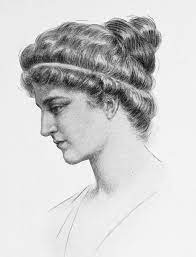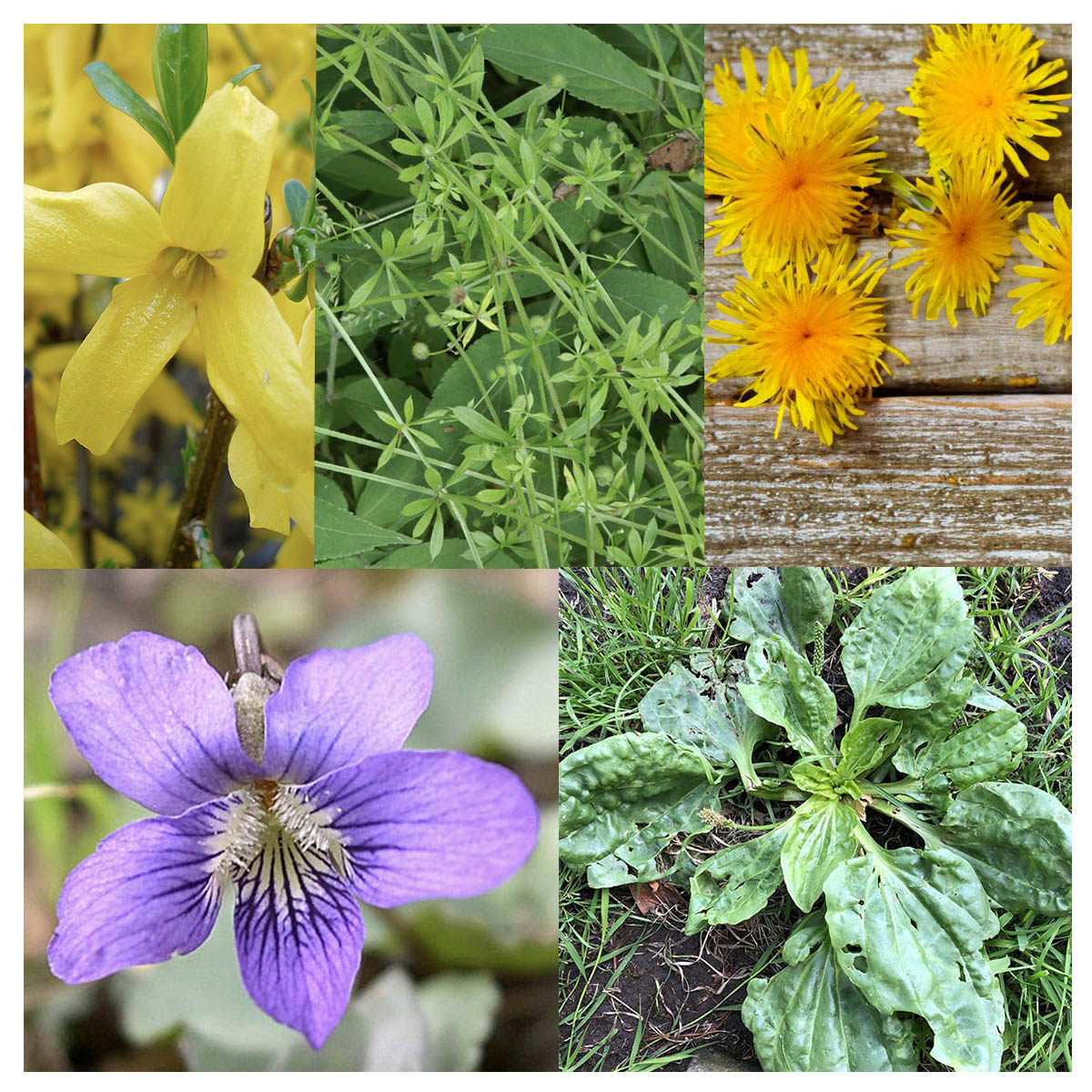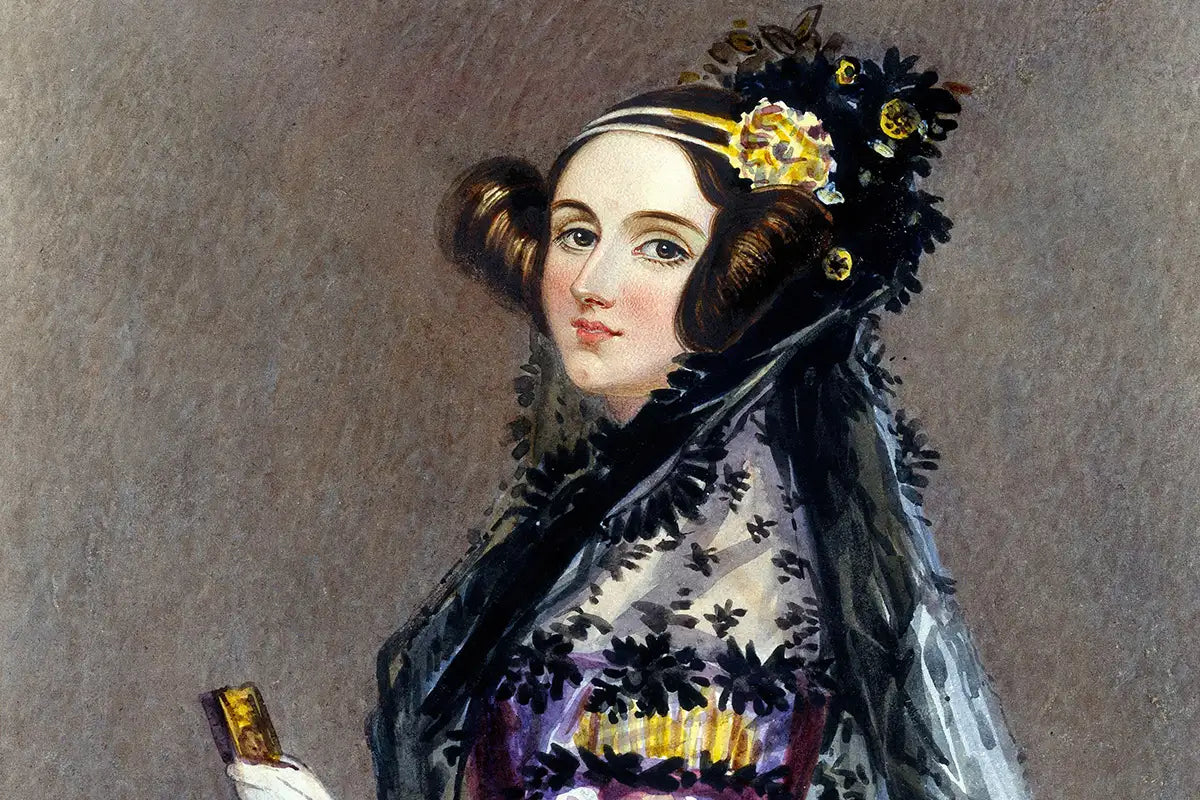Marie Curie & The Curious Case of the Glowing Uranium
Marie Curie was a scintillating figure in the field of chemistry and physics pioneering research on radioactivity and discovering polonium and radium. Born in Warsaw, Poland in 1867 as Maria Skłodowska ,she came from humble beginnings as the fifth child of well-known teachers in Russian controlled Poland. Her father taught mathematics and physics at different schools in Warsaw and after he was fired by his Russian supervisor for his Pro- Polish sentiments, he brought much of his laboratory equipment home to instruct his children in its use.
Maria was unable to enroll in a regular institution of higher education because she was a woman. She and her sister became involved with the Flying University (sometimes translated as Floating University), a Polish patriotic institution of higher learning that admitted women students.
By 1891, she was able to secure the funds to move to Paris and live with her sister while attending the University of Paris to study physics, chemistry and mathematics. It was there she met her husband, French physicist Pierre Curie.
Marie was entranced by the glow coming from uranium salts (discovered by Henri Becquerel) whereas other scientists didn’t seem too interested in the effect. Marie wanted to know what it was and why it was happening. Marie and Pierre went to work in their little shed. Using Pierre’s electrometer, she discovered that the energy being produced came from uranium atom itself. Marie started calling the effect “radioactivity”. Marie and Pierre identified and discovered 2 new radioactive elements: polonium and radium. Marie never lost her Polish identity as polonium was named after her native country. The Curie’s won their first Nobel prize in physics in 1903 for the discovery of radiation. In 1911, Marie won her 2nd Nobel prize in chemistry for her discovery and research into polonium and radium.
Both Pierre and Marie realized the long term exposure to radiation from their experiments were making them sick. Pierre would do testing on his own arm that left large burns. Sadly, in 1906 Pierre was killed in a horse-carriage accident. Marie went on to continue their important work and discovered radium could be used as a cancer treatment because it killed off damaged cells at a quicker rate than healthy cells. She spent hours collecting radon gas to send to hospitals even though it kept her feeling tired and weak.
In 1914, France was invaded during World War I. Marie, along with her daughter Irene, created a unit of mobile X-ray trucks which drove onto the battlefields to help wounded soldiers. She recognized that wounded soldiers were best served if operated upon as soon as possible. Marie saw a need for these mobile units near the front lines to assist battlefield surgeons. This also helped decrease amputations when in fact the limbs could be saved.
The research that Marie Curie was incredibly dangerous but more importantly, she had an intense passion for the sciences and saving lives. She is still the only woman in history to win 2 Nobel prizes in two different fields. In 1920, she founded the Curie Institute in Paris and in 1932 the Curie Institute in Warsaw; both remain major centers of medical research. She also did something incredibly unusual regarding her discoveries. Curie intentionally did not patent the radium-isolation process so that the scientific community could do research unhindered. She also insisted that monetary gifts and awards be given to the scientific institutions she was affiliated with rather than to her. Albert Einstein reportedly remarked that she was probably the only person who could not be corrupted by fame.
Madame Curie- we here at Surly Girl salute your selflessness, your discoveries, the way you stood up for what you believed in and trying to make the world a better place through science. Our goal is to pass along your story to future generations to keep humanity on the path towards progress and truth.
“I was taught that the way of progress is neither swift nor easy” -Marie Curie




Comments